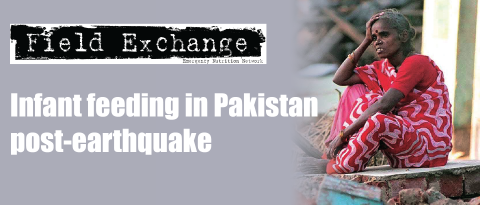Postscript to 'The challenge of applying CSAS in DRC'
By Mark Myatt
Mark Myatt is a consultant epidemiologist and senior fellow at University College London. His areas of expertise include infectious diseases, nutrition, and survey design.
The CSAS coverage survey method is new and much remains to be learned from field application of the method, particularly in confused terrain, such as that described in the current article, as well as in urban settings. Problems with the method and, hopefully, practical and appropriate solutions to these problems will come to light as we gain experience with the method.
Some of the problems identified by the authors of the current article are related to quadrat size and location. These problems could, as the authors suggest, be overcome by decreasing the quadrat size. This will, inevitably, increase the number of quadrats sampled. Such a strategy may increase the amount of work required to complete a survey. It is, however, unlikely to result in a simple linear increase in workload if sampling is restricted to a single, centrally-located community in each quadrat. Quadrupling the number of quadrats and selecting a single centrally-located community in each quadrat should result in only a marginal increase in travel times and little or no increase in the number of communities sampled, whilst maintaining an even spatial sample.
An alternative approach, also suggested by the authors, would be to choose a more complex quadrat location strategy. For example, quadrats could be located purposively with regard to an ecological variable such as terrain. Quadrat sizes could also be varied so that few large quadrats were sampled from large sparsely populated areas and many small quadrats from smaller densely populated areas. This would, however, require more complicated data analysis techniques and some estimate of the populations in each sampling unit in order to calculate a coverage estimate for an entire survey area. The approach of randomly selecting a fixed number of communities within quadrats suggested by the authors is practical but does not provide a guaranteed solution to the problems they identify, since it is possible that, on occasion, a random sample would not differ from the central-location sample.
It should be remembered that the withinquadrat spatial homogeneity assumption made by the CSAS method is considerably more plausible than that made by cluster-sampled surveys, which assume homogeneity over an entire survey area.
It is not clear why between quadrat comparison should be rendered impossible by "discrepancy in sample size" since within-community samples have a large sampling proportion (i.e. all or nearly all malnourished children residing in the sampled communities are found) and the proportion of villages sampled from each quadrat are similar (i.e. more communities are sampled from quadrats containing many communities than are sampled from quadrats containing few communities). If the prevalence of severe malnutrition is low then sample sizes will be small but, it should be remembered, the large sampling proportion is retained in these circumstances.
Imported from FEX website


